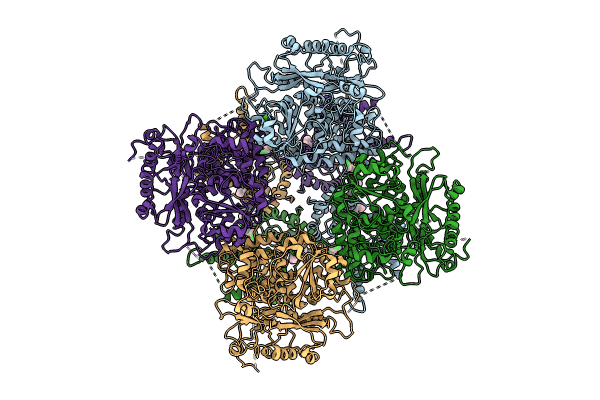
Deposition Date
2024-04-16
Release Date
2024-07-31
Last Version Date
2024-09-11
Entry Detail
PDB ID:
8Z3S
Keywords:
Title:
Activation mechanism and novel binding site of the BKCa channel activator CTIBD
Biological Source:
Source Organism:
Homo sapiens (Taxon ID: 9606)
Host Organism:
Method Details:
Experimental Method:
Resolution:
3.90 Å
Aggregation State:
PARTICLE
Reconstruction Method:
SINGLE PARTICLE


